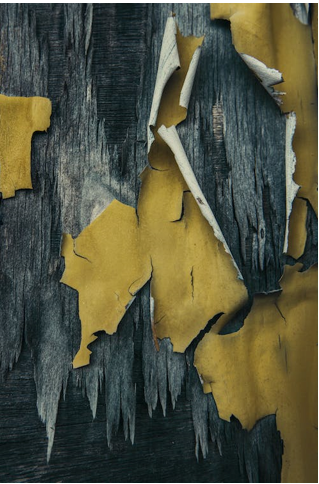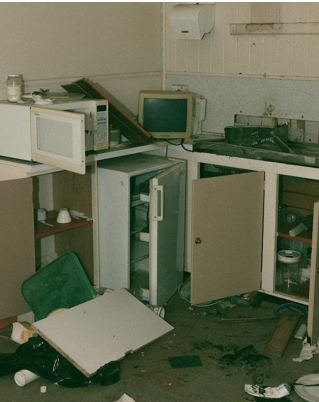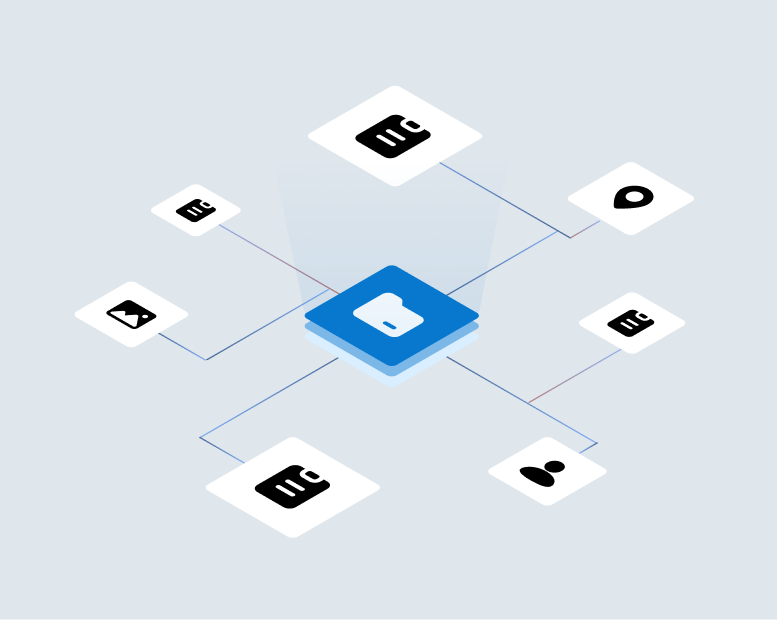For a claims adjuster a disaster’s aftermath is a chaotic blur of crumbling evidence, overwhelming details and exhaustion from twelve-hour days without break. This leads to both mistakes and claim ‘capitulation’ as carriers concede what they know to be excessive simply to get through the mess with a minimum of legal hassle. It’s a constant three-way tug of war between skepticism, fairness, and risk with an immense claim backlog looming and needing to be dealt with. idFetchTM cuts through this second operational catastrophe with a simple strategy: comparison.
Imagine a homeowner claiming storm-damaged walls that the adjuster’s experience suggests weren’t caused by the storm. Having pre-loss photos of the home, specific room and its walls immediately resolves the question. No more conflict, drawn-out investigations, or lawyers – the evidence speaks for itself.

For example, a photo of water damage like this could easily be taken either pre or post loss. Tell-tale signs of pre-existing damage can be spotted in a pre-casualty evaluation – proper identification is difficult post-loss with merging new damages, mitigation efforts and when time is of the essence.

In a chaotic post loss environment, what can a seasoned adjuster do to discern pre and post loss damages? Trust their instincts? Hope the customer and contractor are supplying an accurate narrative of the loss? Too much ambiguity and too little evidence to assert anything other than opinion – if push comes to shove, when things are gray, the carrier will pay.
Was that really ‘a rare and cherished beanie baby collection’ on the shelf that got ruined? Secure time-stamped, GPS verified, pre-loss photos taken by the policyholder as part of a pre-disaster preparation separate fact from confused fiction, with the result being less conflict with less exaggerated losses.
But there’s more. Acquiring policyholder gathered risk images lets carriers triage post-catastrophe losses more effectively; a multitude of claims with pre-loss images can be handled remotely while focused on-site resources can be quickly dispatched to the toughest claims. This transforms a carrier’s disaster response by speeding the time to resolution of all claims; uniquely allocating claims handling personnel and deploying resources based on the needs of the catastrophe. Costs are controlled; errors due to overwork, misaligned assignments, and insufficient time to investigate are all reduced while customers are given more confidence that their loss is being thoroughly evaluated.
Better data drives better up-front decisions too.
The collection of quality pre-loss images and data allows carriers to continually improve their underwriting, modeling, and customer efforts. By integrating pre-loss data with historical claims, property records, and environmental factors, carriers can unlock hidden patterns, predict potential outcomes with greater accuracy, and enable personalized mitigation for individual homeowners.
But the key is to leverage policyholder concerns about storm or wildfire threats into knowledge and action before a disaster strikes. By unlocking the power of comparison both carriers and policyholders can succeed in minimizing the impact of a catastrophic event.


